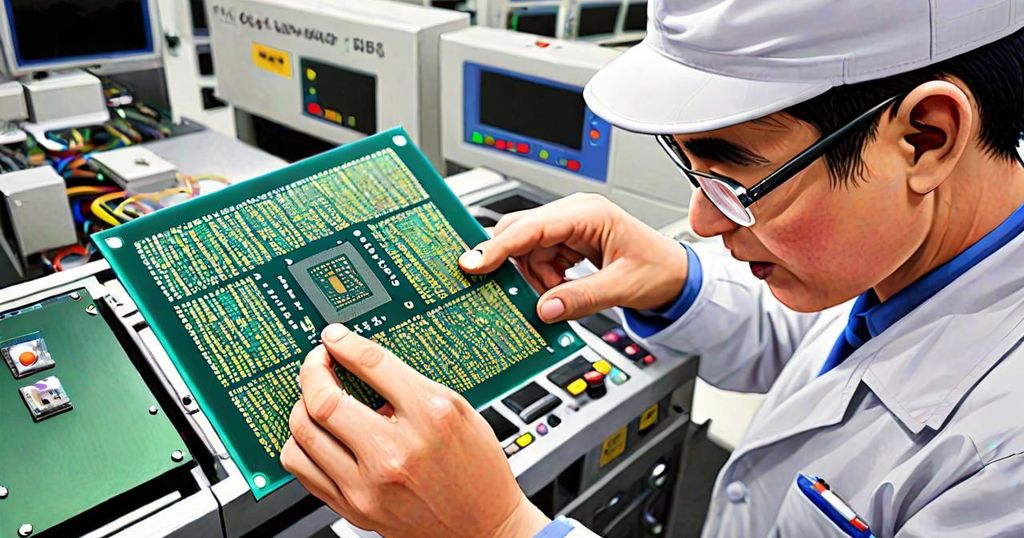Singapore, a small country with a population of just under six million, has managed to attract significant investments in chip manufacturing despite stiff competition from larger economies. Despite the fact that the U.S., Japan, and Taiwan may have more substantial subsidies, Singapore’s consistent approach to manufacturing and its mature semiconductor ecosystem have proven to be valuable assets.
The country’s Economic Development Board reports that Singapore has garnered billions of dollars in investments for electronics and semiconductors, thanks to its well-trained workforce and supportive ecosystem. Noteworthy examples of the thriving semiconductor industry in Singapore include GlobalFoundries’ recent $4 billion expansion plan and United Microelectronics Corp’s $5 billion investment.
Singapore’s stable government, business-friendly environment, comprehensive infrastructure, strong intellectual property protection, and world-class education system have all contributed to its appeal as a semiconductor manufacturing hub. Furthermore, companies across the chip ecosystem, such as designers, manufacturers, packaging and testing firms, and equipment suppliers, are expanding their operations in the country. Among these firms, AMD and Soitec have expressed their commitment to expanding their presence in Singapore.
According to experts, while subsidies may be attractive, they are not the sole factor in attracting semiconductor companies to a particular location. Economies with a large existing presence in chip supply chains are more likely to attract manufacturing investments. Singapore’s long history in the chip industry, dating back to 1968, has given the country a competitive edge and continues to make it an attractive option for chipmakers.
Despite the current downturn in the mature chip market, Singapore remains optimistic about the long-term growth prospects of the semiconductor sector. The government plans to invest $18 billion between 2021 and 2025 to support research and development and foster innovation in the semiconductor industry, with the aim of further contributing to Singapore’s GDP.
In conclusion, Singapore’s success in attracting significant investments in chip manufacturing offers a valuable lesson for other countries. Experience and expertise, combined with a conducive environment for business and innovation, can often outweigh the appeal of monetary incentives. As Singapore continues to solidify its position as a leading hub for semiconductor manufacturing, the future outlook for its semiconductor industry remains bright.

Leave a Reply